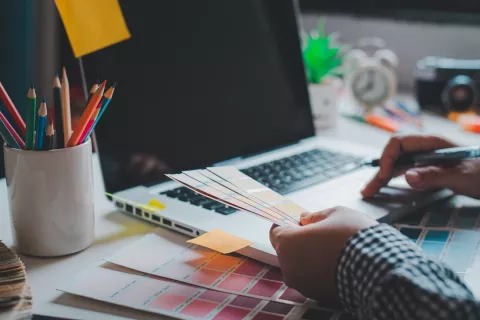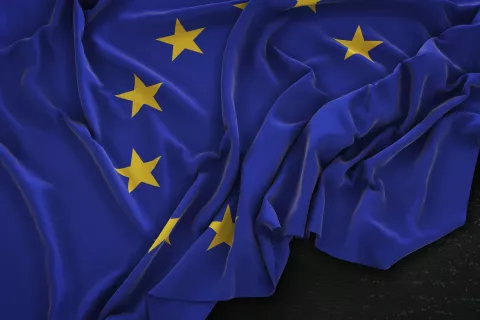With years of efforts put into new drug, device and cosmetic products’ development, what can be every manufacturer’s nightmare would be to see their product recalled from the market for incompliant artwork issues. According to a study, it is estimated that 35 to 40% of product recalls are attributed to mislabeling and packaging errors. With such a huge margin of recalls attributed to artwork and labeling processes, we would like to present some of the key challenges that manufacturers face to align with the compliance requirements and the need of a centralized artwork management system (AMS).
The challenges
- Disparate information sources, which needs to be tracked and put into design thus increasing the complexity for validation
- In case of multi-geo product portfolio, the difficulty comes with region-specific accurate translation
- Less time allotted for artwork posing difficulty to cope up with the health authority timelines which may in turn lead to compliance issues
The need of Centralized Artwork Management System (AMS)
- with a wide variety of product portfolios, sometimes there might be a chance that manufacturers underplay the importance of brand in the public exposure. Even a single error on artwork of cartons, blister foils, tubes, sachets, labels etc. may dethrone the brand image in end user’s perspective.
- Increased product portfolios require controlled data management. With a centralized artwork management system, manufacturers can get the advantage of accurate and timely tracking of content required to be placed on graphic labels
- With multiple functions working simultaneously on final data for promotion, there will be huge potential for drugs/cosmetics/devices to be released in reduced timelines without affecting the compliance efforts
In conclusion, with touch points across Pharmaceuticals, Biotechnology and Medical Devices, the artwork function requires implementing a robust management system that can scale and evolve at the same time to be effective with the growing needs of the pharma companies. Adapt a robust artwork management system to align with the industry requirements.





